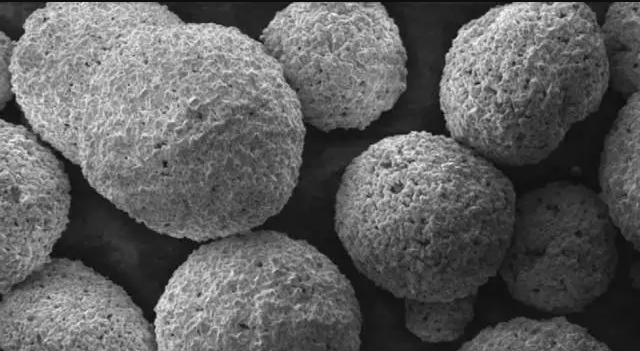

Tungsten carbide spraying is a new technology. Not only does it keep parts from being damaged, it also sprays and removes old tungsten carbide coatings that have fallen off or aged. Below, let's take a look at the specific steps of the technique:
Step 1: Remove the coating
(1) Use conventional electrochemical methods to remove the residual tungsten carbide coating.
Step 2: Reapply the paint
(1) Surface purification: thoroughly wipe the surface of the part with acetone or gasoline to remove grease, and wipe it 3-5 times.
(2) Sandblasting treatment: Sandblasting generally uses 24# material for surface sandblasting, and then applies a pressure of 0.28-0.32MPa, the spray distance is kept at 120-150mm, and the angle is generally 16°-44°. After the sand reaches the surface roughness of Ra4.2-5.2, the spraying should be stopped.
(3) Tungsten carbide spraying: Before use, dry the sprayed powder in an oven at 80-100°C for 1-2 hours, and then carry out flame spraying.

The third step: tungsten carbide spray treatment
(1) Parts cleaning: Use polishing cotton and acetone to roughly clean the mating surfaces and positioning holes of the parts, then clean the parts with cotton and acetone, and then clean until the surface of the parts is free of dust, that is, after wiping with a clean cotton cloth, the cotton cloth will not remain .
(2) Assist in the manufacture, design and manufacture of three tool dowel pins. The locating pin is a stepped locating pin, the matching accuracy is 0.004mm, and the coaxiality of the outer diameters of the two stepped pins is 0.0008mm.
(3) Polishing: The three positioning pins are matched with the positioning holes on the part, and the three-point centering principle is used to machine the part to the specified size. The positioning error of the positioning pin is 0.001 mm, and the positioning error is 0.02 mm.
Step 4: Final Test
(1) Appearance: 100% inspection of the appearance of the parts. The coated surface of the part is complete, dense, uniform in color, free from defects such as cracks, peeling, delamination and edge warping.
(2) Adhesion: Use a blade to cut the coating tape at 7 mm around the outer diameter of the test piece surface, and then cut the coating perpendicular to the coating tape. When the edge of the coating is exposed, the coating cannot be pulled up and the adhesion is acceptable.
(3) Thickness: Check the thickness of the coating by measuring the part size (0.03mm) before and after coating
Hot information

